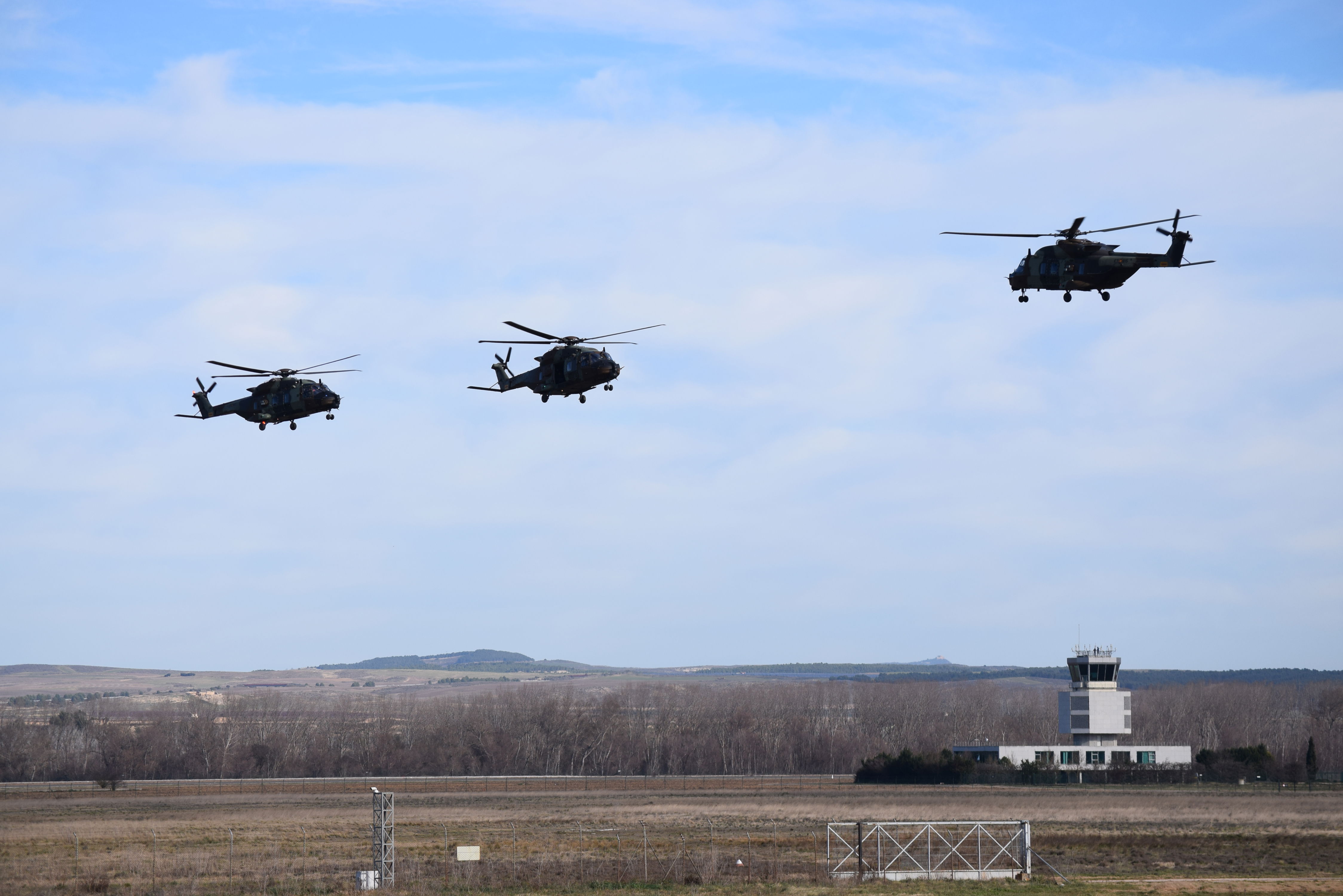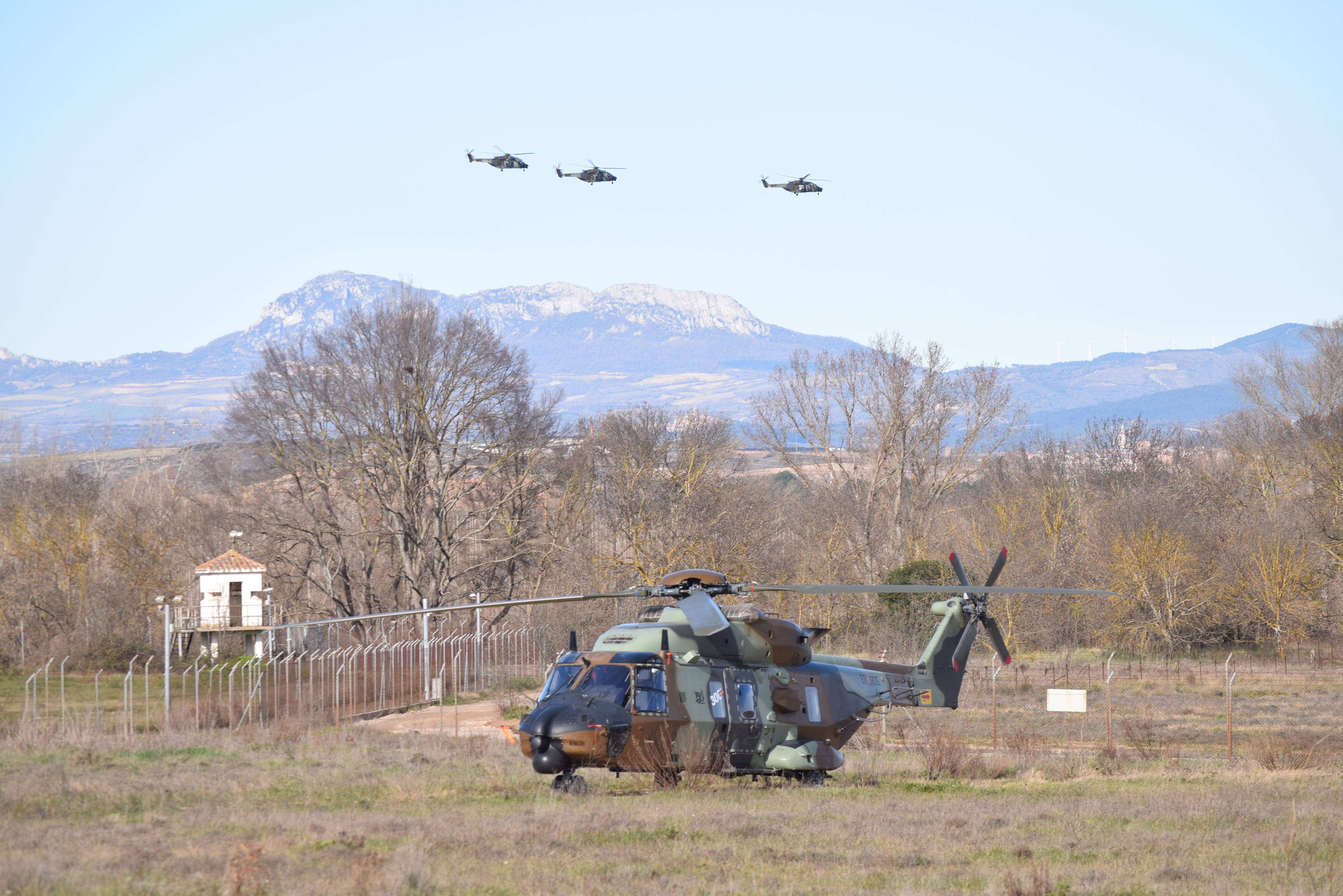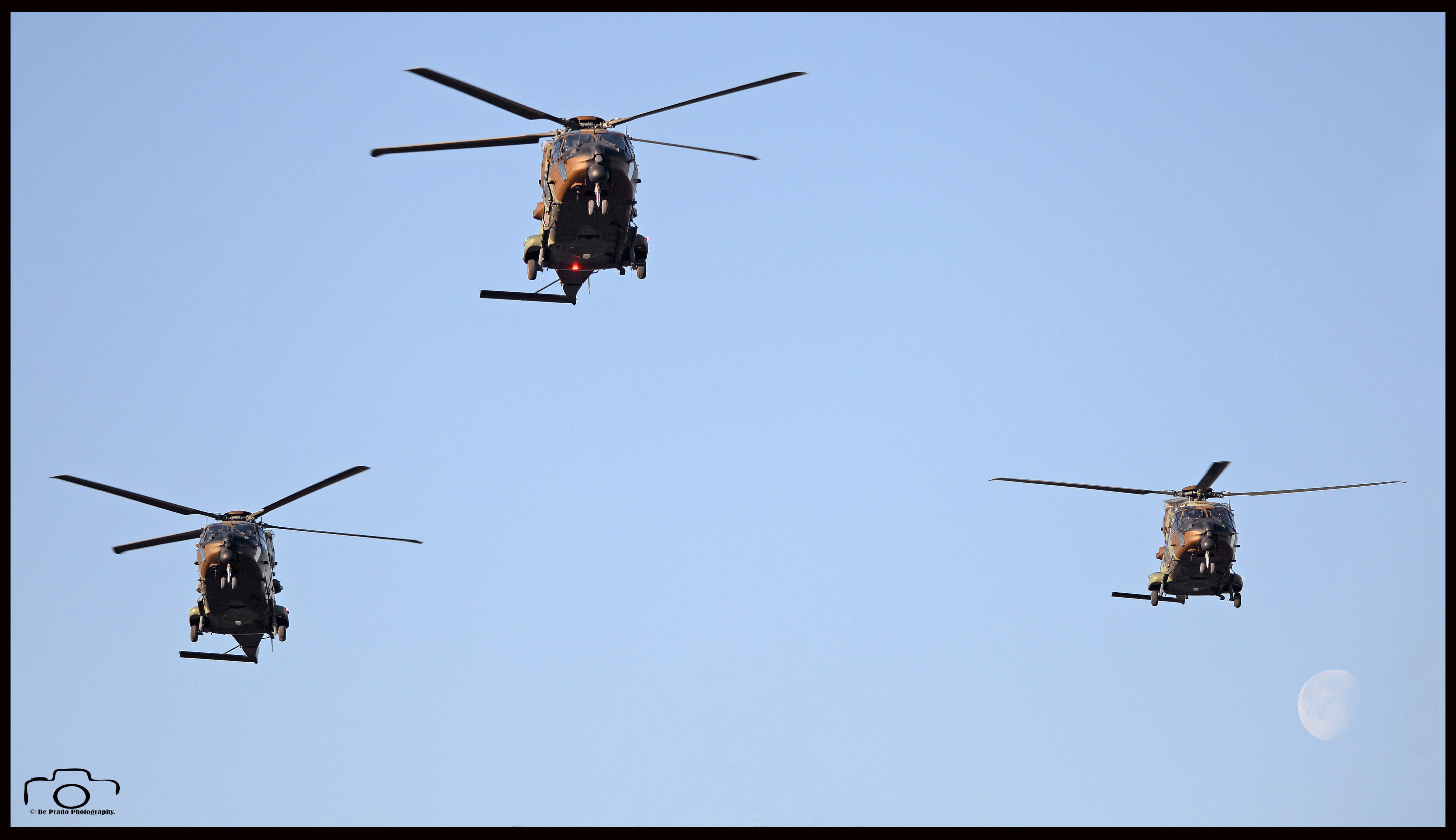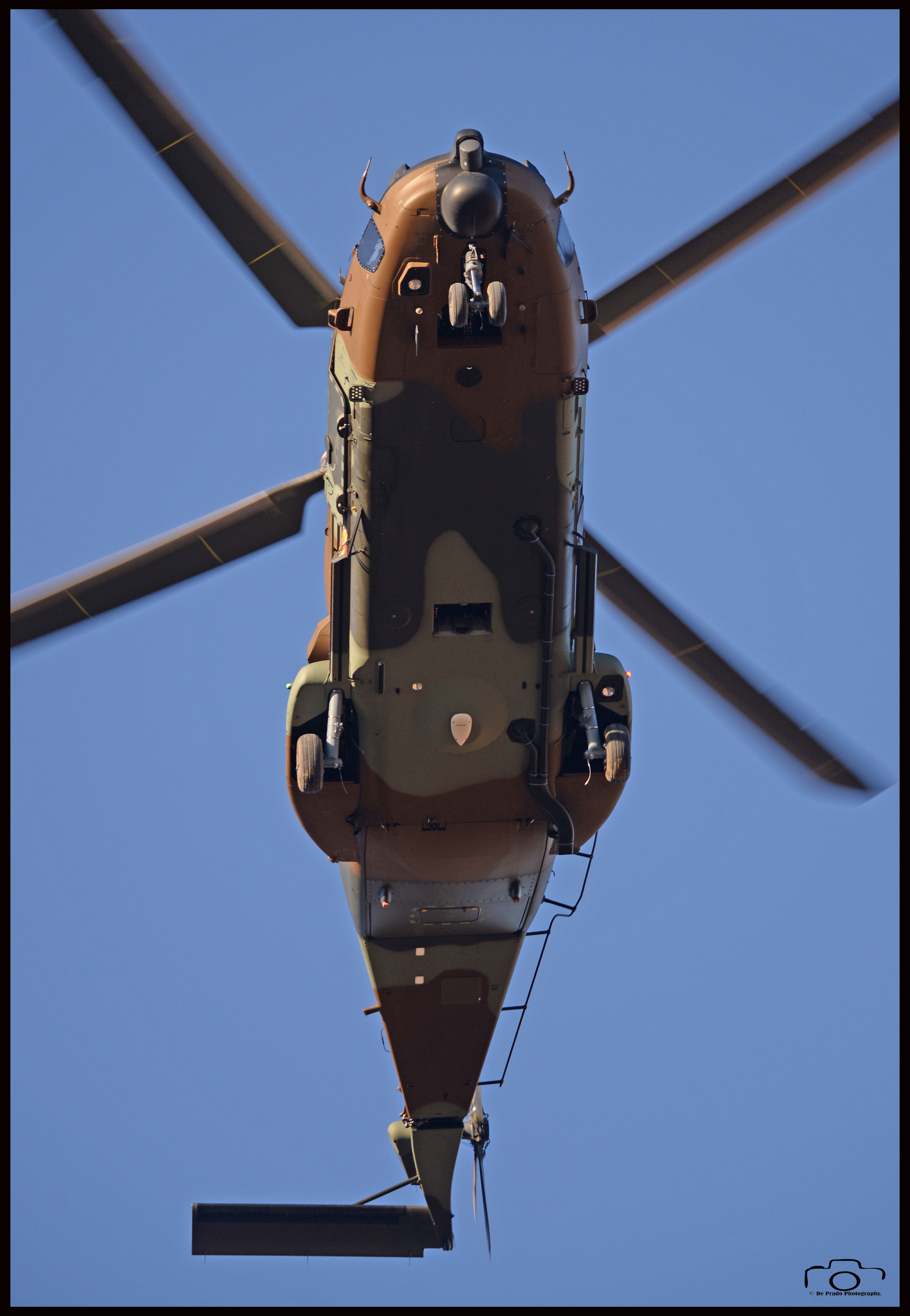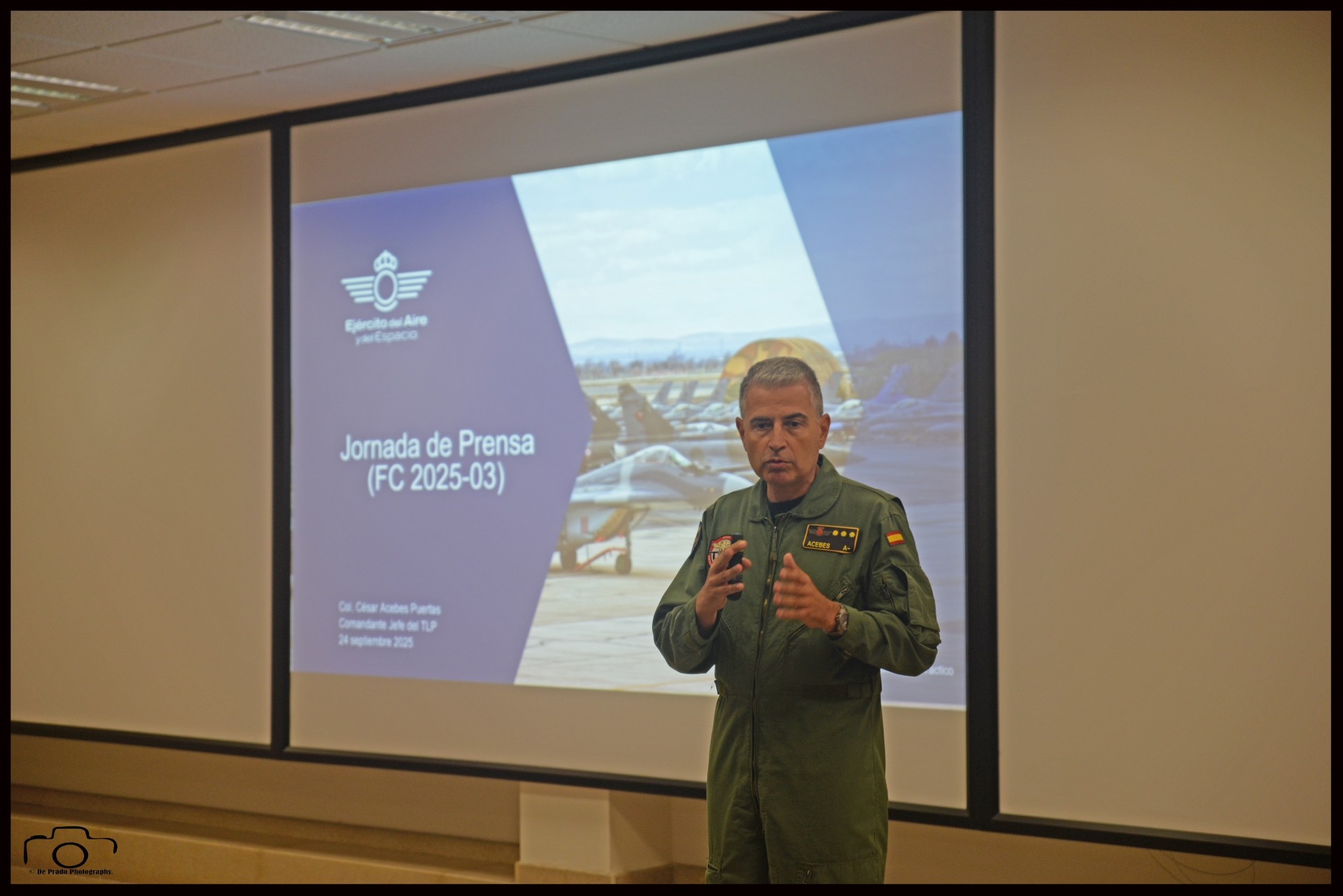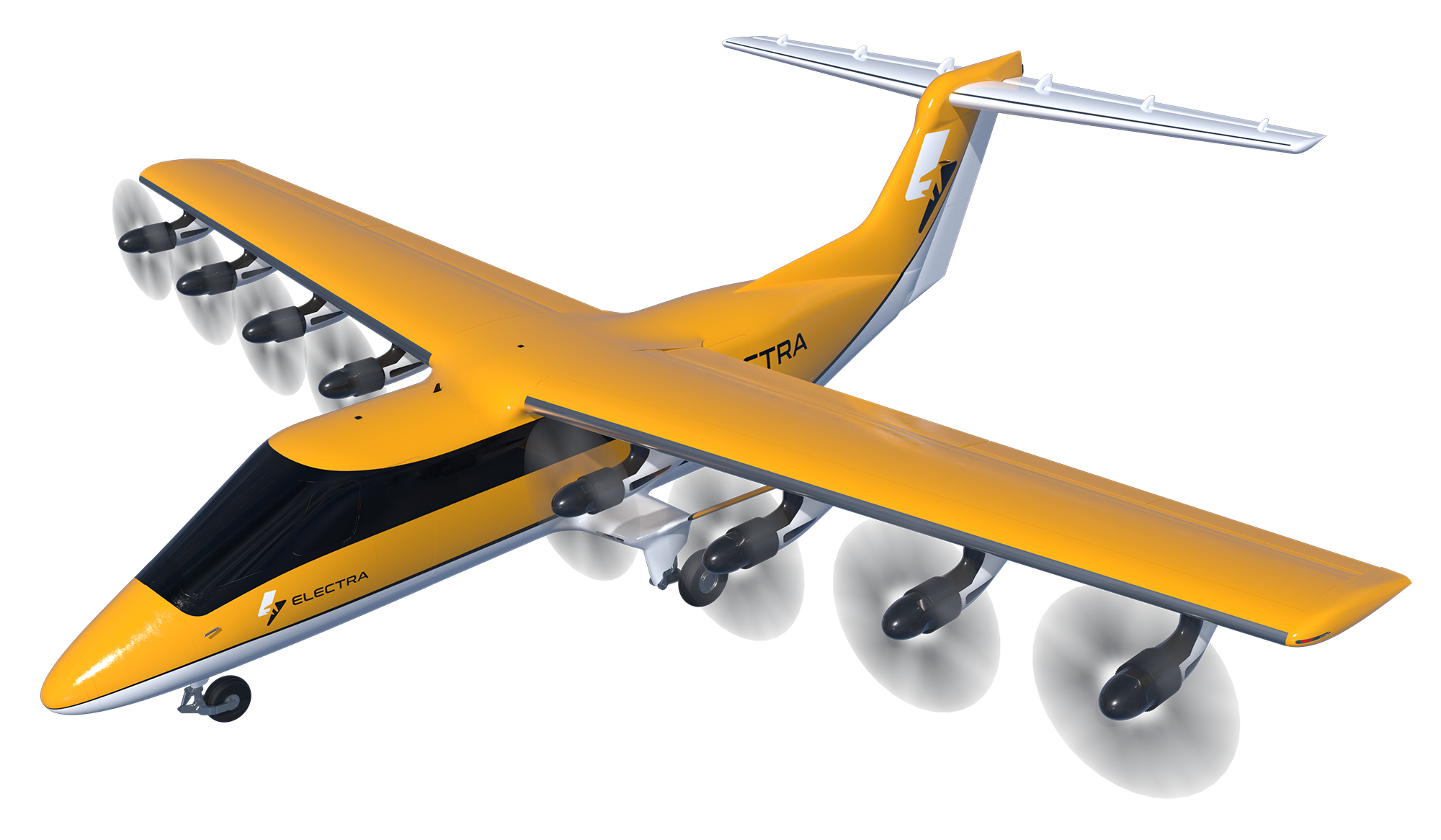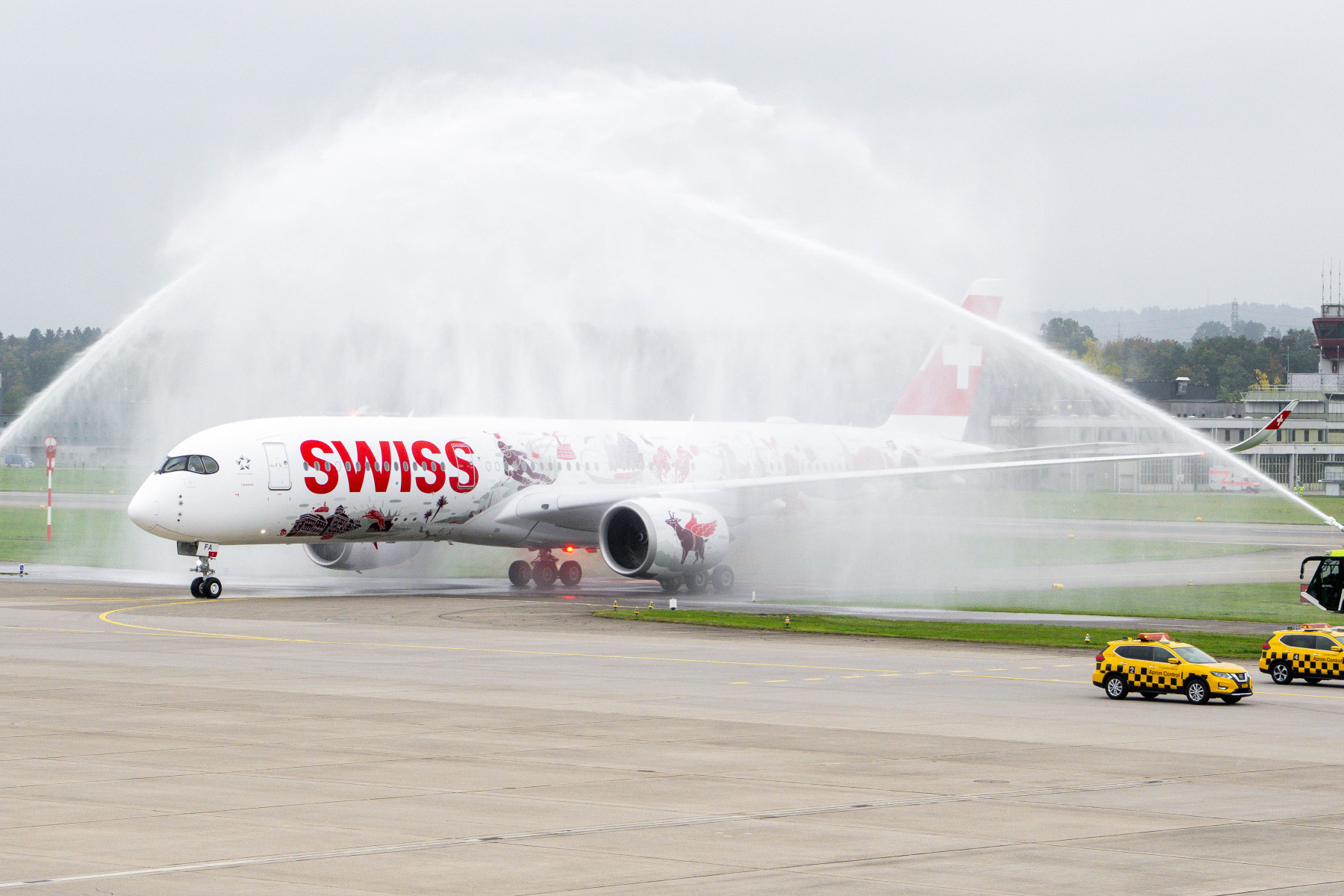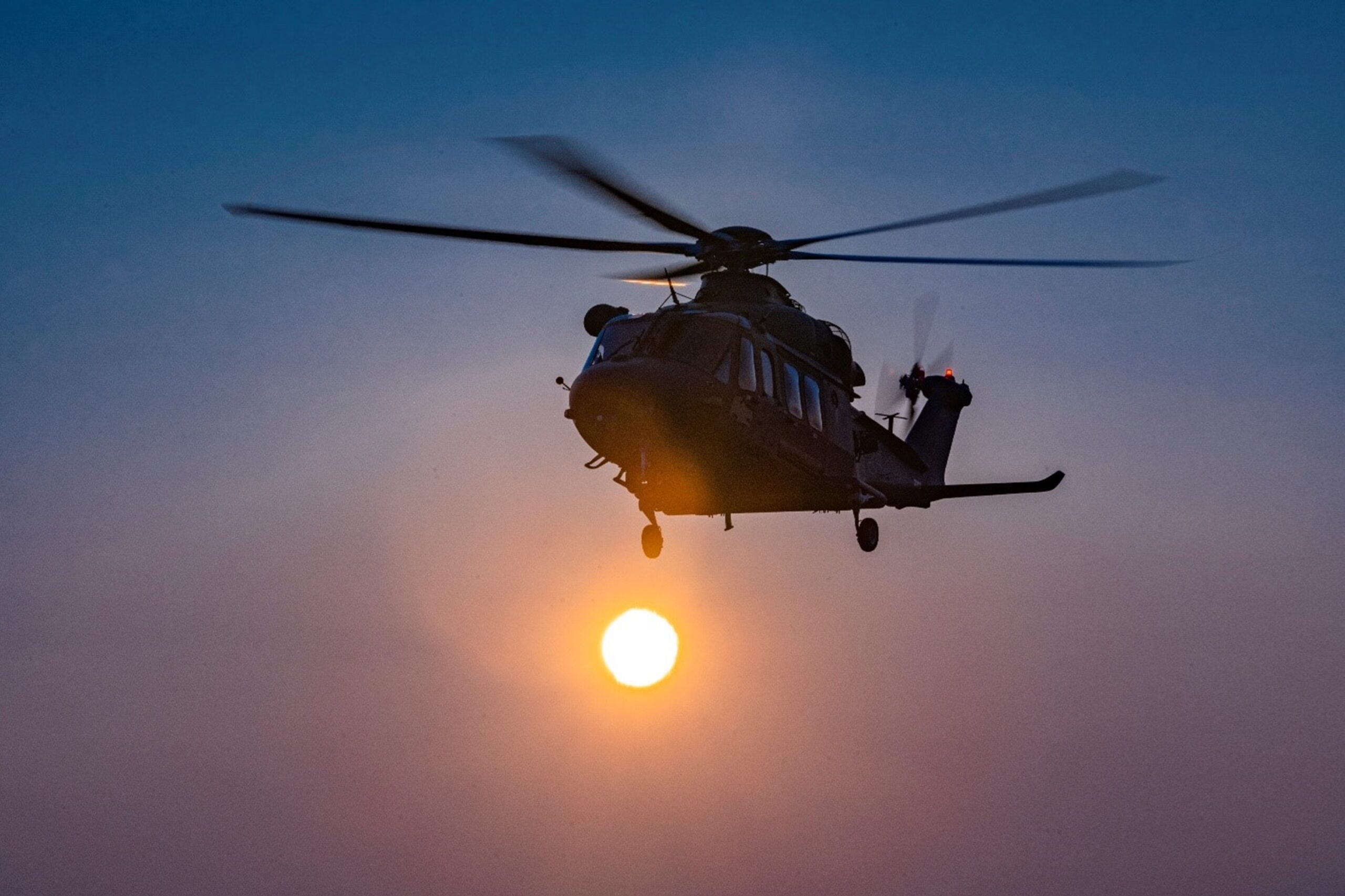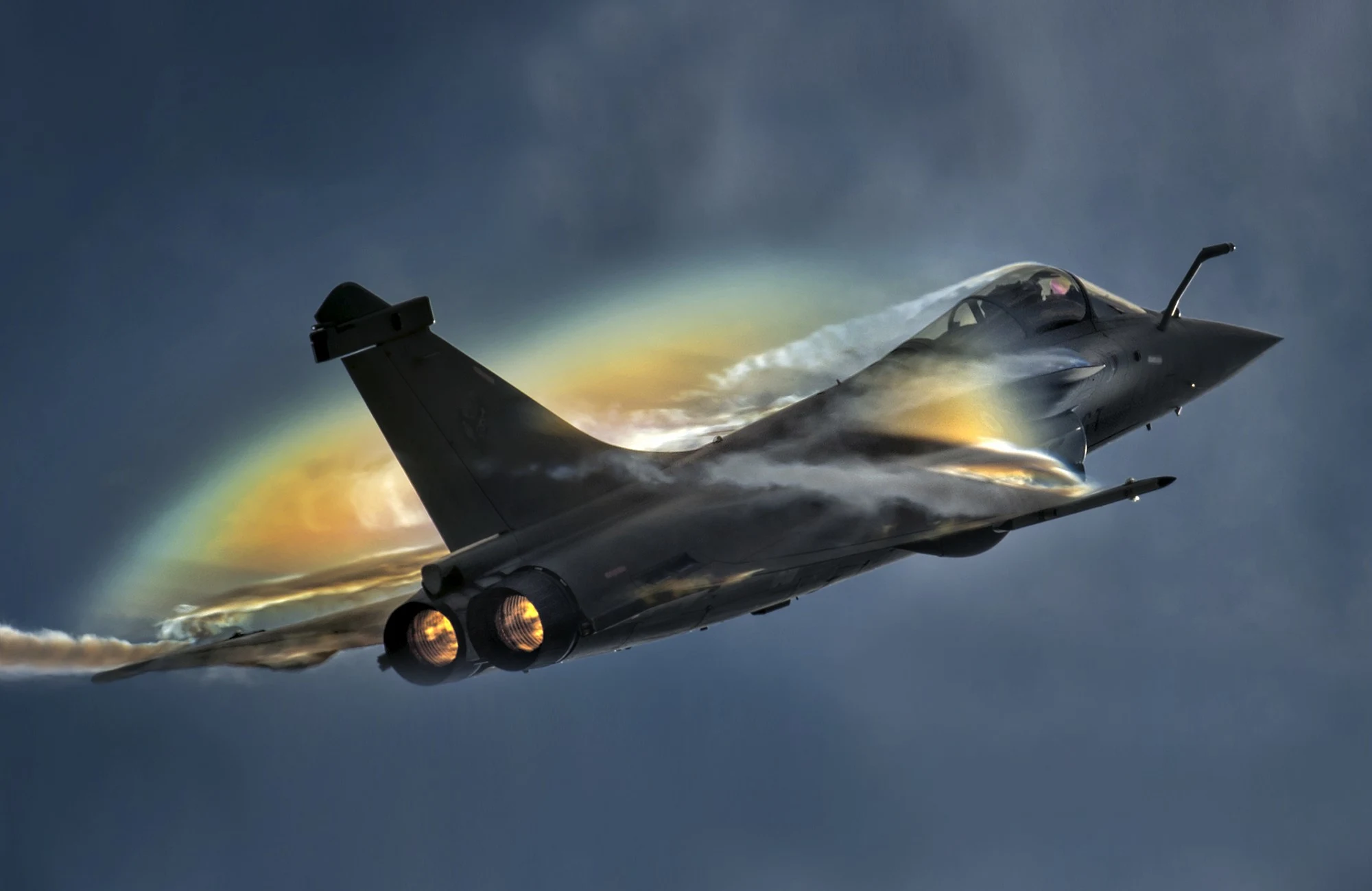Redaction; Alejandro Del Prado & Pere Vilalta Torné. Photos; Pere Vilalta Torné & Alejandro del Prado.
On January 18th, the central event of the celebration of the 50th anniversary of said battalion, which began its journey back in 1974, took place in Agoncillo (La Rioja), at the Base of the Manoeuvre Helicopter Battalion No. 3 (BHELMA III). These events celebrating the 50th anniversary will take place throughout the month of January, complemented by different exhibitions of both photography and military equipment and a race, trail-running with three different distances, 11.5 km, a walk, a 15 km run and a 24 km challenge. Closing the events on January 26th with a military ceremony and parade in the city of Logroño.
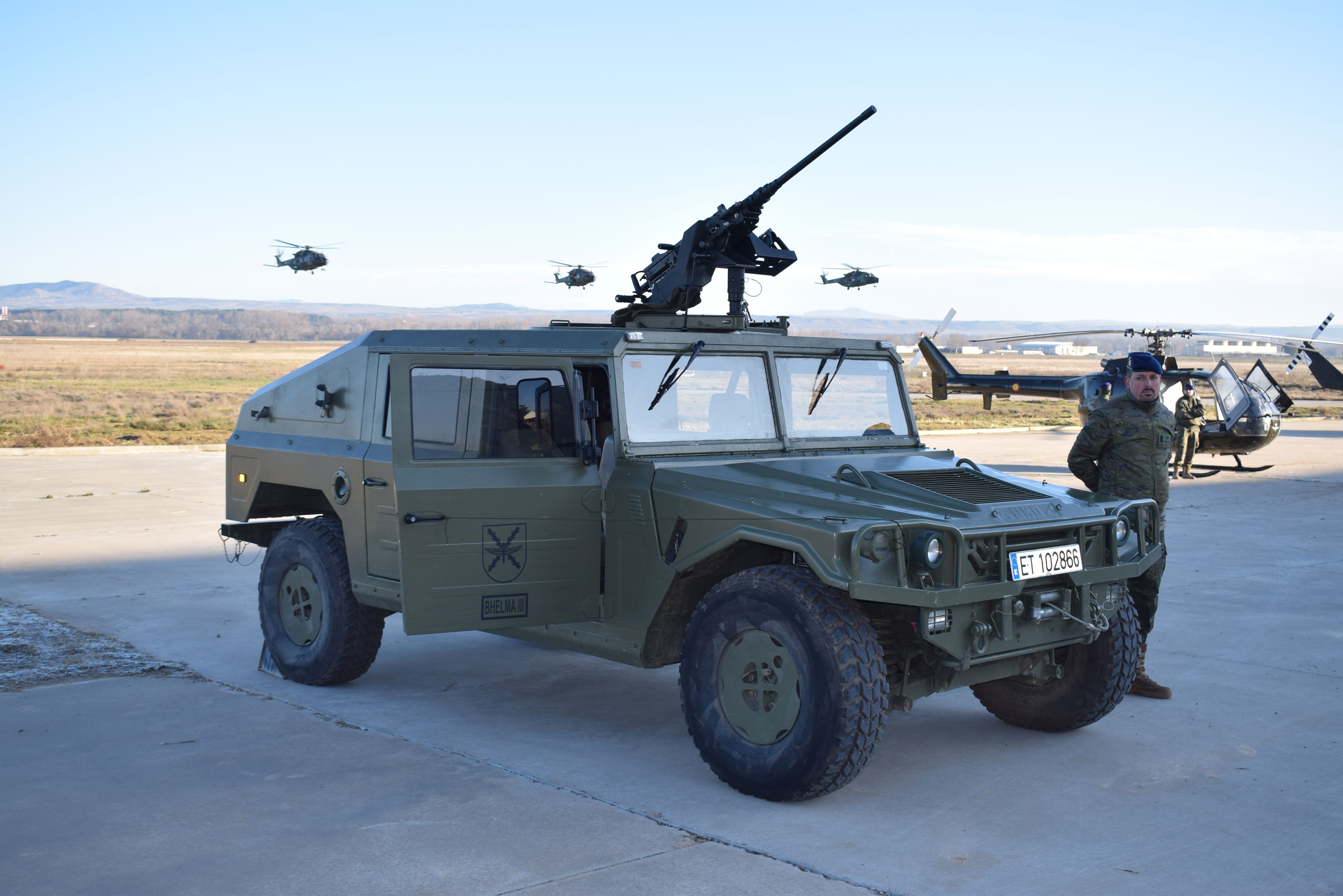
This event, held at the Héroes del Revellín Barracks, where some 200 professionals work, including some 40 pilots, included a static display of different material used by the Battalion, both individually and in vehicles and different aerial means used in the history of the unit, which delighted those present;
-
- UH-1H Iroquois
- Bo-105
- As-532 Cougar
- NH-90 Sarrio
As a more spectacular event, the evolution of 3 NH-90 Sarrio was seen in front of those present for more than half an hour.
The open day ran from 10 a.m. on a freezing January morning until 2 p.m., and according to local media, the entrance and access points to the barracks were at capacity. The response was overwhelming, with the public eager to share their support by attending the opportunity to access an unusual base.
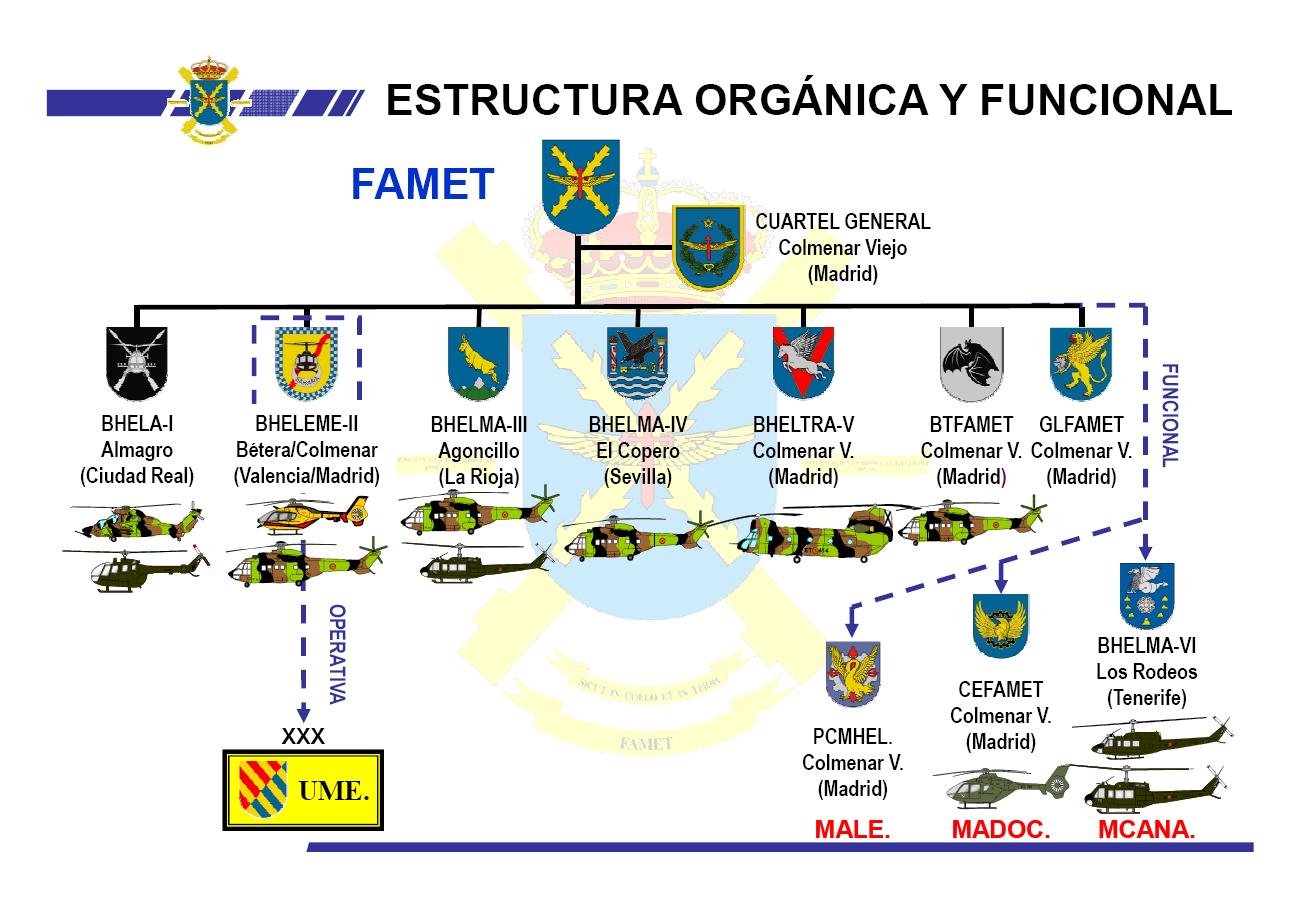
Regarding the NH-90, designated HT-29, as a transport helicopter, it entered service with the Army Air Force (FAMET) in 2014, in the Third Maneuver Helicopter Battalion (BHELMA III). It is based in Agoncillo, La Rioja. The FAMET operates the TTH (Tactical Transport Helicopter) variant. Fifteen units are based in Agoncillo, but 10 more are expected to arrive in the coming months. A total of 45 units have been signed, in the different standard, standard 2, and standard 3 versions.
Its main features are; 4-axis autopilot, FLIR piloting, HMDS TOPOWL conf.3 flight helmet, flare and chaff countermeasures (EWS), weather radar (WXR), digital map generator (DMG), civ/mil radio beacon location system (PLS), voice and data recorder (VFDR), digitalized cockpit with 5 multifunction screens, aeronautical and IFF communications, anti-ice protection system, heating and emergency buoyancy among others.
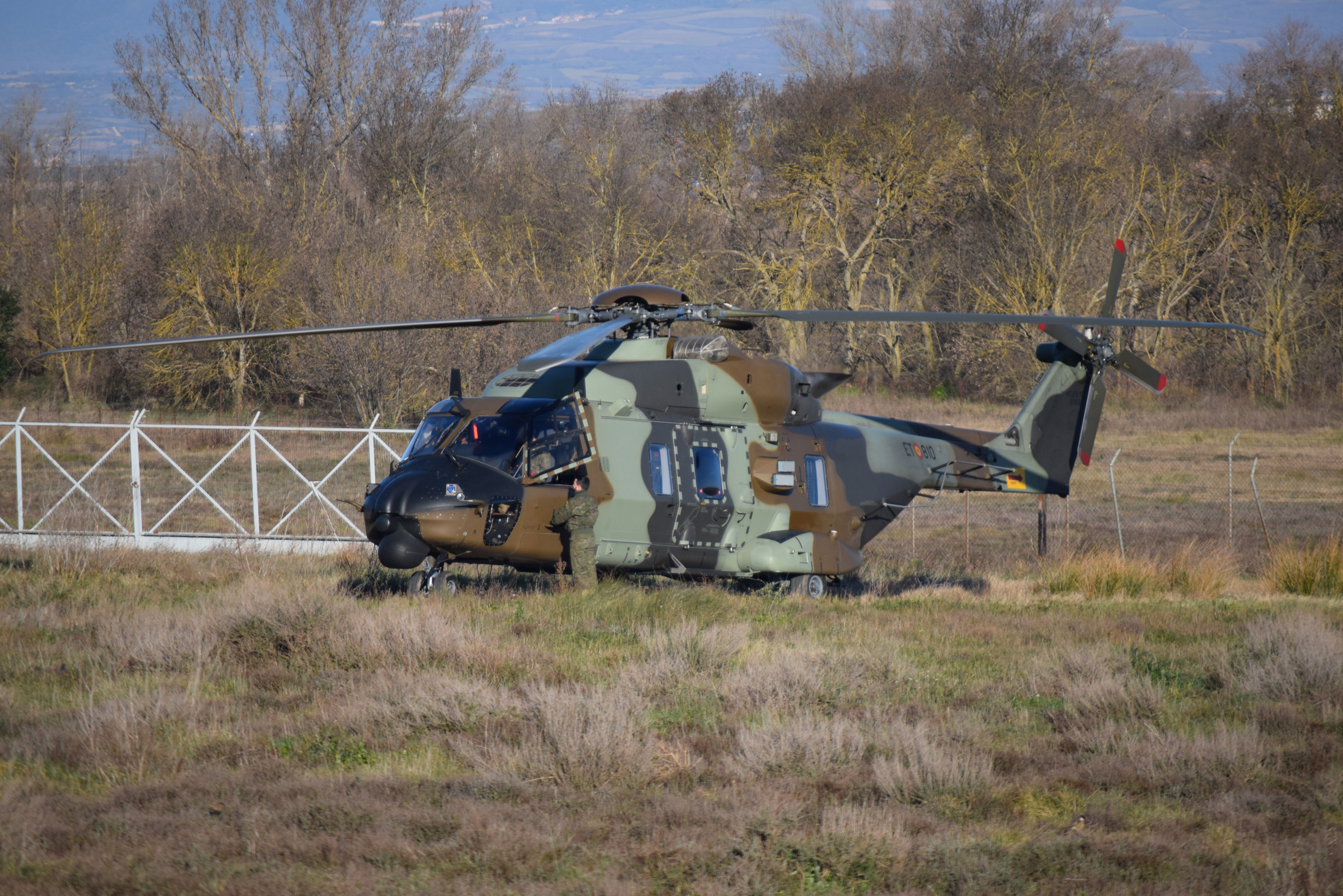
Another feature of this medium-sized helicopter is its rear ramp, which facilitates the transport of two- or four-wheeled vehicles, as well as various cargo via pallets or even vehicle launches. Along with the Chinook, it is the only FAMET helicopter with this capability, although the latter has a greater capacity.
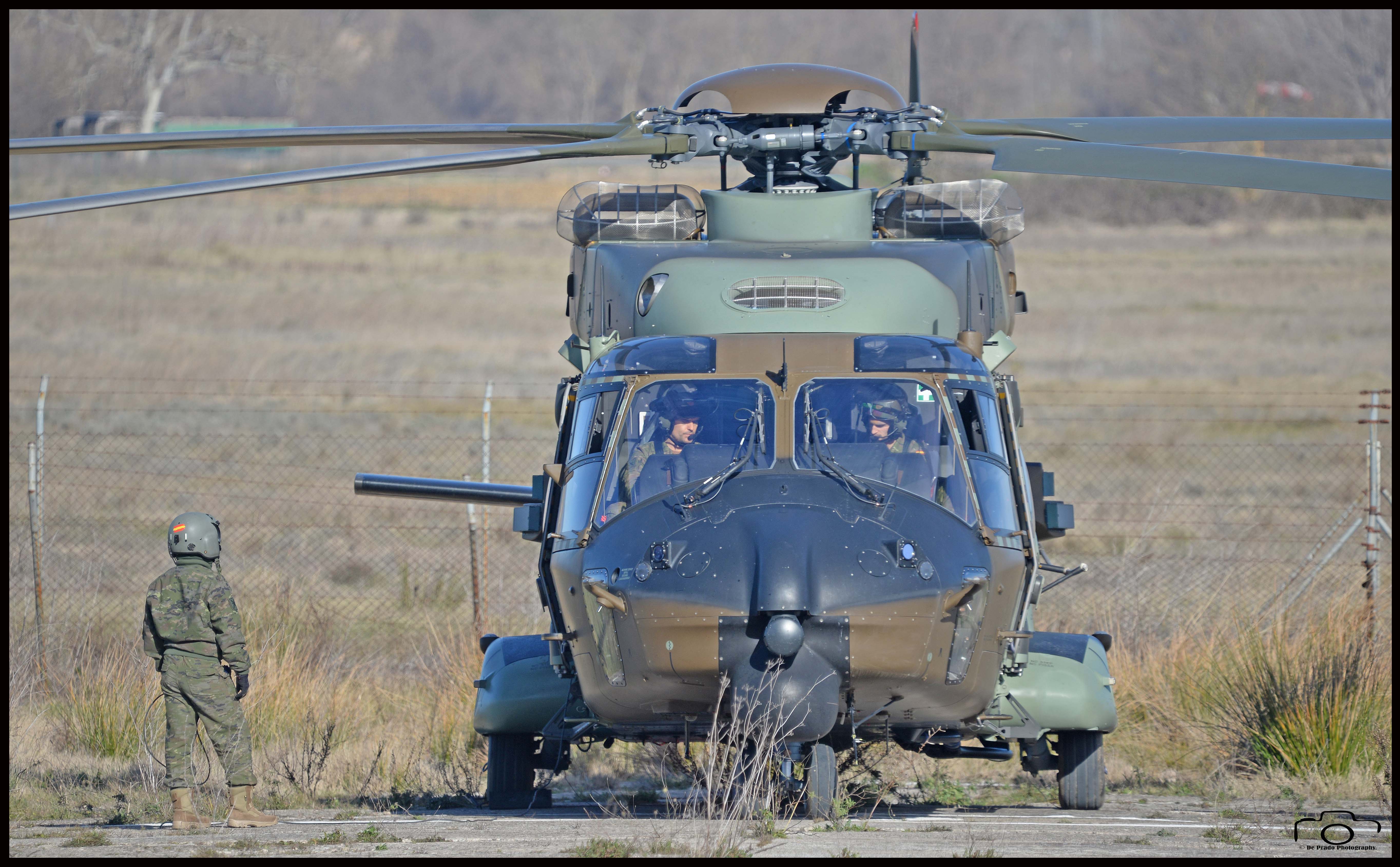
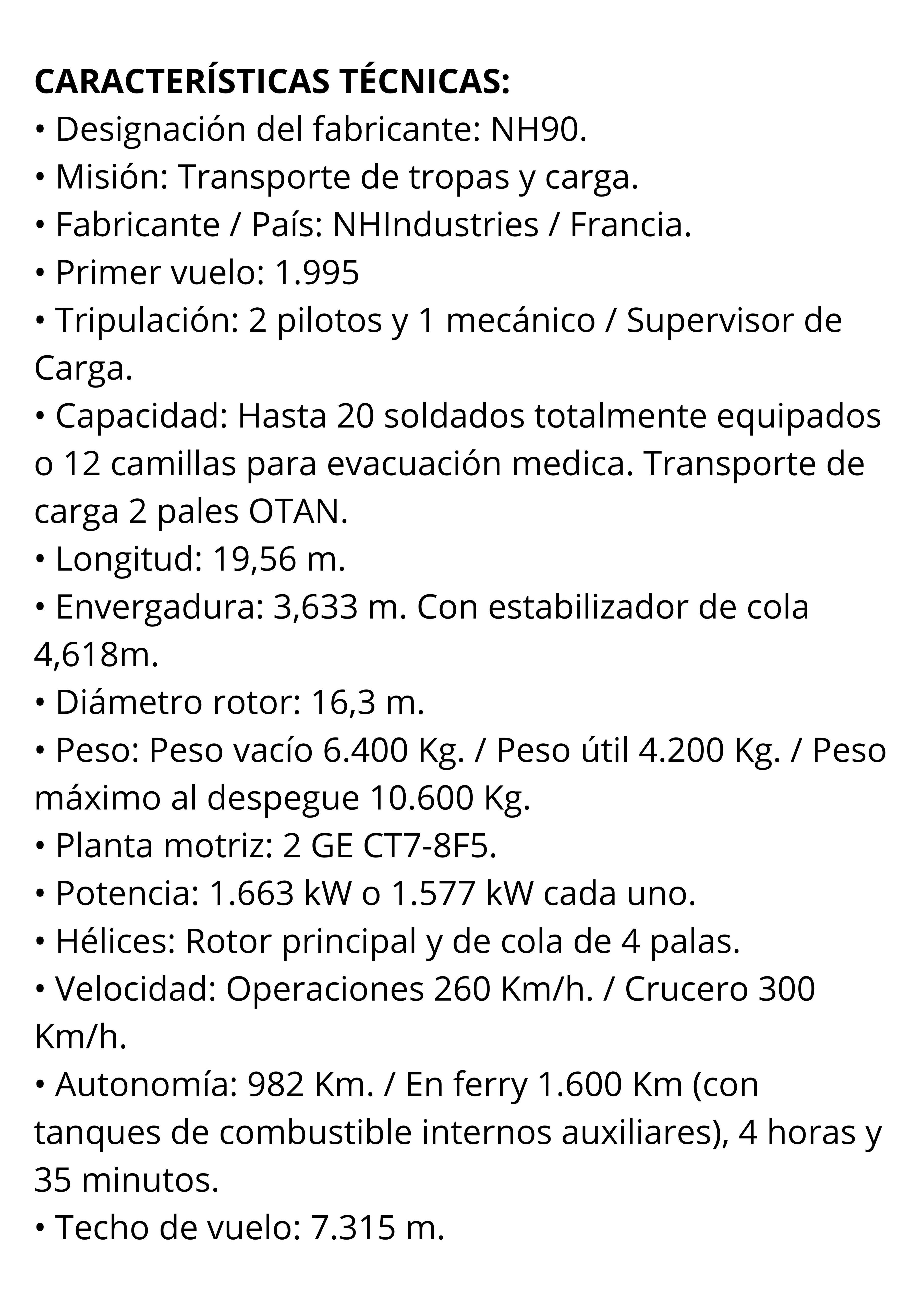
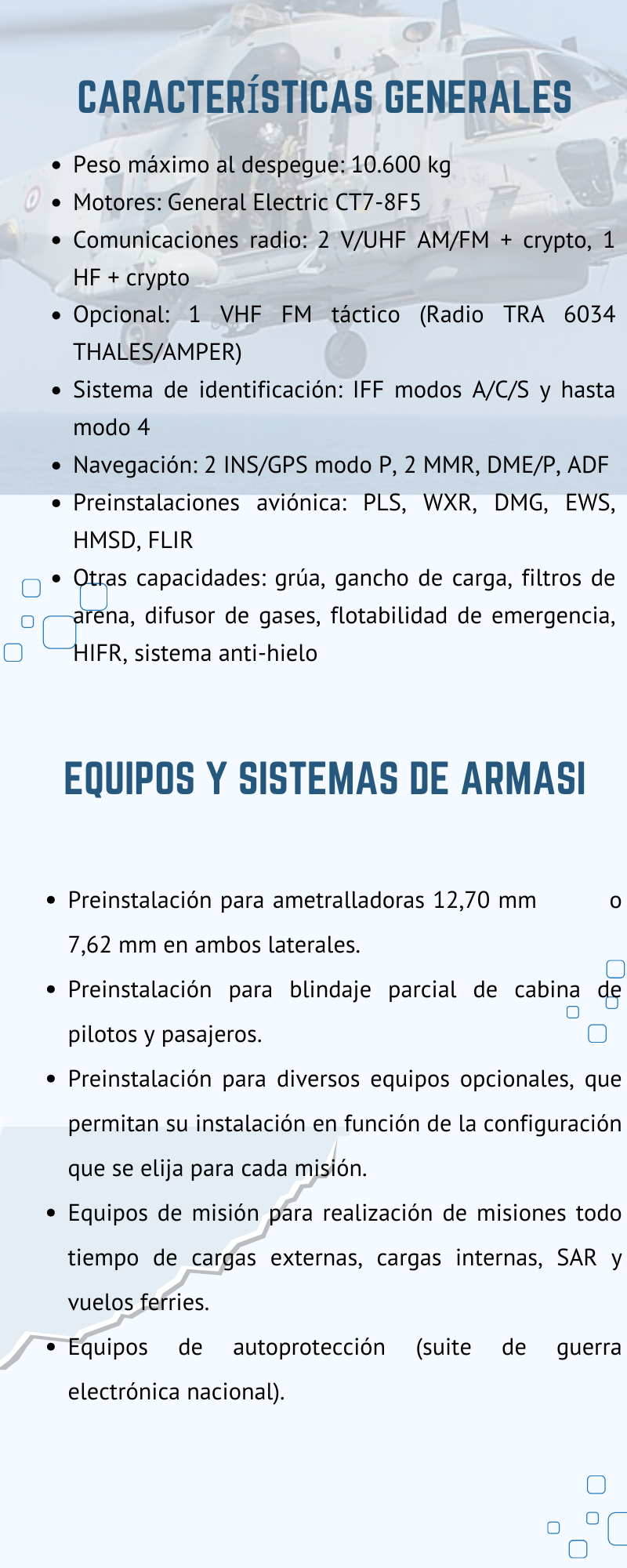
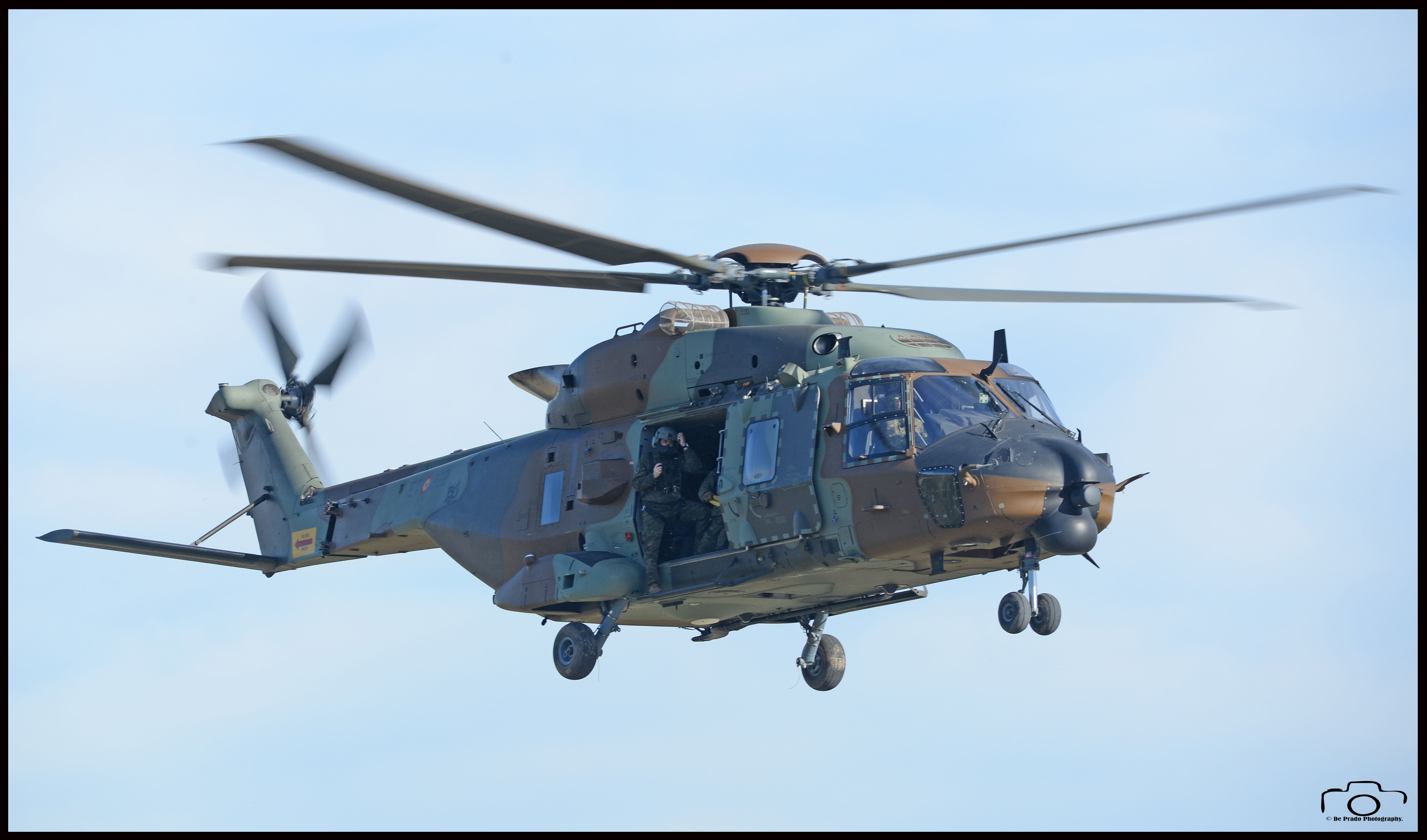
HISTORY OF THE 3RD MANEUVER HELICOPTER BATTALION1
When the Army’s Airmobile Forces (FAMET) were organized, a centralized base and a series of units distributed throughout the country were established. The study of this organization revealed the need for a unit to cover the northern part of the peninsula, including the Pyrenees, and to provide support to the former Military Regions VI, IV, and V, in that order of priority.
Initially, it is thought that the Unit could be located in one of the following cities: Jaca, Huesca, Zaragoza, or Logroño. After a series of negotiations with the Ministry of the Air Force, it was agreed that the Unit would be located at the Agoncillo Military Aerodrome. For this purpose, the Ministry would provide several facilities for which the Unit would be responsible for their maintenance and upkeep, and would share other facilities with the Air Force, such as dining halls, residences, etc.
The Third Helicopter Unit was created by General Instruction No. 174-205 dated May 28, 1974. Its staff was gradually filled, and the assigned officers and non-commissioned officers were attached to the FAMET Centralized Base in Colmenar Viejo (Madrid) until they could be relocated to Logroño. On November 1, 1974, some personnel from the Unit’s Protection and Destination Company, which at that time consisted of 73 soldiers, were incorporated into the Agoncillo Base (now the “Héroes del Revellín” Barracks). The final transfer of the remaining personnel and material took place in flight on November 26, 1974, a date that has since been celebrated as the Unit’s anniversary.
By extraordinary agreement of the Permanent Municipal Commission of the Most Illustrious and Very Loyal City Council of Logroño, dated January 19, 1978, the UHEL III was granted a Guinon that was delivered to it in a solemn ceremony on October 31, 1978. By Order 562/11097/88 (BOD No. 117) of June 15, 1988 and in compliance with the provisions of section 2, appendix 11, of IG. 4/88 EME (5th Division) on the organization of the General Reserve of the Army, the Helicopter Unit III was transformed into the Maneuver Helicopter Battalion III (BHELMA III). On April 7, 2006, the first HU-21 helicopter arrived at this unit, which would become the reference flight for this Unit, and then began the transformation to this model of the flight personnel who, from October 2006, would constitute the main effort of the ASPUHEL contingents in Afghanistan.
Actions of special relevance.
Since its creation, this Battalion has been honored with the visit of very prominent personalities, highlighting above all that of His Majesty King Juan Carlos I in December 1978 and that of Prince Felipe in September 1996. Likewise, visits have been received from the Ministers of Defense, His Excellency Mr. Agustín Rodríguez Sahagún, Mr. Narcís Serra i Serra and Mr. Federico Trillo Figueroa.
The spirit of service has always characterized this Unit, collaborating in all those actions that the command has considered appropriate, being very notable the participation in the Operation Alazán (1981), carrying out missions of waterproofing the border in support of the fight against terrorism, which meant a great effort to the Unit and all its components, being good proof of this the dedication that, in the book of the Unit, left reflected the Excmo. Mr. Captain General of the VI Military Region Mr. Joaquín Ruiz de Ofia González: ” To UHEL III on the day of my first official visit to Logroño as Captain General of the Region, with the affection and admiration derived from our previous recognition on the occasion of Operation Alazán, which I am honored to command. That is why I know of your Military Spirit and your professionalism.” .
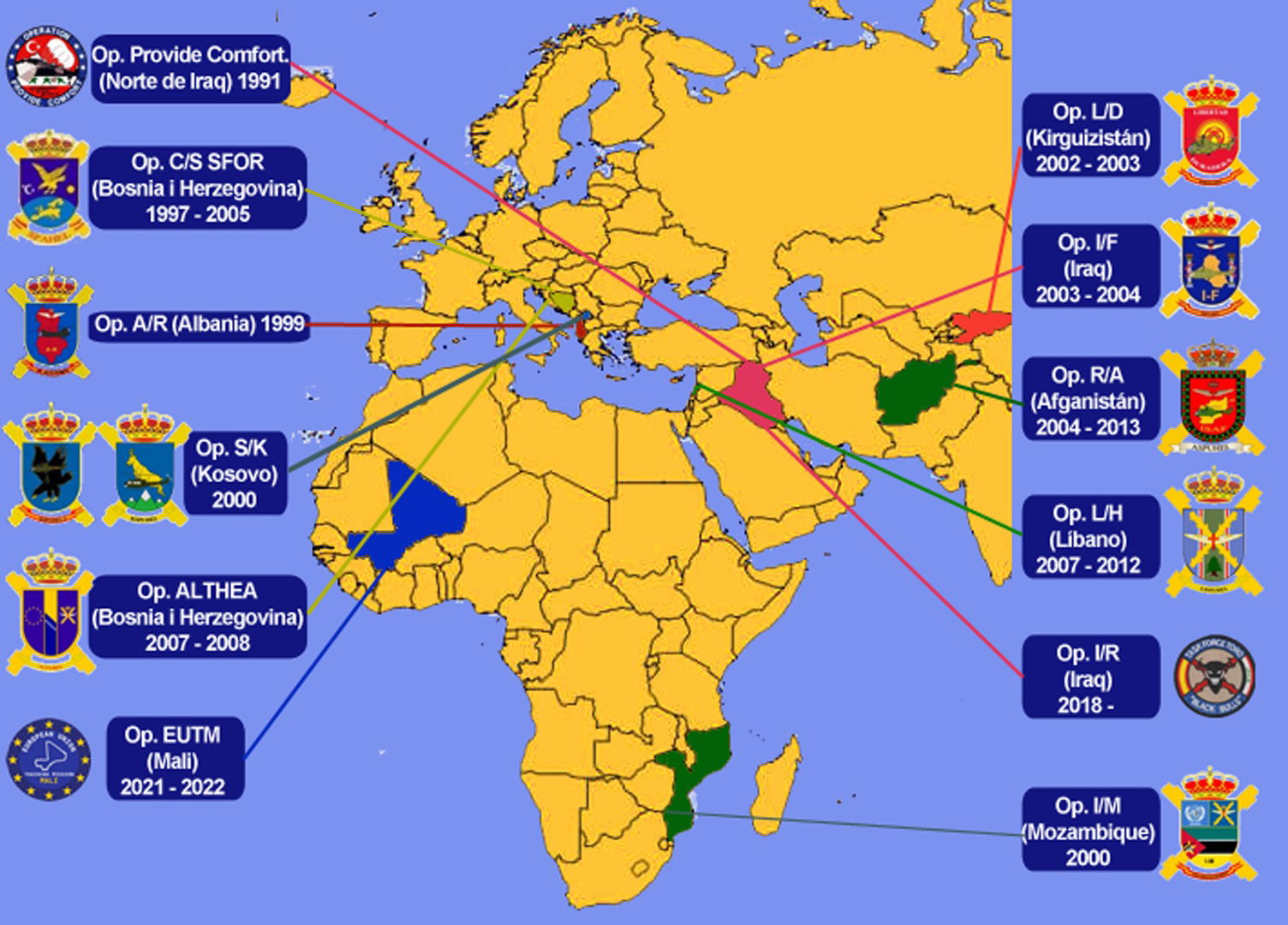
The first exercise carried out by this Battalion outside of Spain was in May 1975, as part of the “Operation Iberia VI” exercise, with six UH-1H helicopters deployed to Calvi, on the island of Corsica (France).
This spirit of service, responsibility, and professionalism has always characterized this Unit, a result of its reflection in the mirror of FAMET and its quiet and selfless work. All of the above is documented by all the congratulations, both collective and individual, that we have received. Worthy of mention, as an example, is that of the Honorable General Director of Education, who states the following: I inform Your Excellency that, of the numerous contributions that the Military Mountain and Special Operations School receives annually from units of the three Armies and the Civil Guard, the Helicopter Unit III of the Agoncillo Base stands out in particular. This Unit has distinguished itself since its creation as an example of responsibility and service in all its actions, if not of risk and sacrifice, in support of the aforementioned school. This Directorate believes that such performance is worthy of consideration and is therefore honored to bring it to Your Excellency’s attention for any purposes you deem appropriate. “.
From August 1998 to 2004, he participated in SPAHEL, carrying out Humanitarian Aid and Peacekeeping Missions in the former Yugoslavia, with an Operations Base in Ploce (Croatia), as part of the Southeast Multinational Division.
From June 5 to October 20, 2000, he participated in KSPUHEL I in support of the COMKFOR III Headquarters in Pristina (Kosovo).
In July 2002, he participated in Operation RS, with a patrol of two HU-1H armed helicopters, in the recovery of Perejil Islet, with the members of this patrol receiving the Military Merit Cross with Red Badge.
From December 2002 to September 2003, it participated in the Galician Coasts due to the PRESTIGE Crisis, with two UH-1H helicopters stationed at Santiago de Compostela Airport.
From April to November 2004, the company participated in Operation Romeo-Mike, ordered in response to the March 11 terrorist attacks in Madrid. From August 14 to 21, 2006, two HU-21 helicopters were deployed to León Airport to participate in the “Centinela Galega” mission as part of Operation “Bruxa,” ordered to support the fight against the wave of wildfires ravaging Galicia.
During this time, personnel from this Unit have been deployed to missions such as Kyrgyzstan, Iraq, and Afghanistan. Regarding collaborations, there have been numerous, both with military units and with civil authorities, in response to catastrophes or events of particular significance, especially mountain rescues and medical evacuations, assistance to the civilian population during floods, and so on.
In the section on collaborations with the civilian population, we can highlight some of them:
•Evacuations carried out during the floods in the Basque Country in 1981.
•Evacuations during the floods in Catalonia and Aragon in 1982.
•Evacuations carried out during the floods in the Levante region in October 1982, rescuing isolated people, evacuating the sick, supplying them with clothing, food, and equipment, transporting medical teams, etc.; eight helicopters participated, totaling 106 flight hours.
This Unit has also cooperated in events of great social interest, to name a few, the following are worth mentioning: • Cooperation with the UNIVERSIADA-81 in the Aragonese Pyrenees in 1981. • Cooperation with TVE in the helitransport of a film crew for in-flight reports in the Ordesa Valley (Aragonese Pyrenees) and in Covadonga Park (Picos de Europa). • Collaboration with Bilbao Civil Protection in the “Ícaro Naranja” Plan on the occasion of the 1982 World Cup held in Spain. • Collaboration in the “Ícaro Pax” Plan on the occasion of the visit of H.H. Pope John Paul II to Spain in 1982. Six helicopters participated.
From its first flight to Logroño to the present day, the unit has a long flight history. It has already logged more than 78,000 flight hours, primarily in mountainous areas (the Pyrenees, the Picos de Europa, etc.), making it the representative of the FAMET at the highest altitudes.
1Redón, Pedro y FAMET. Sicut in coelo ET in Terra. Ed. Eurocopter Indra. Año 2011.
